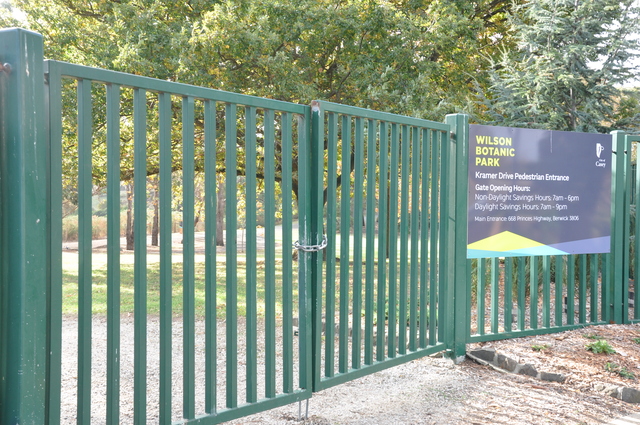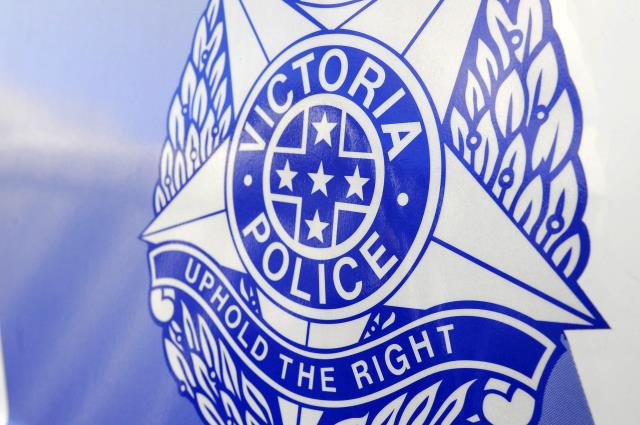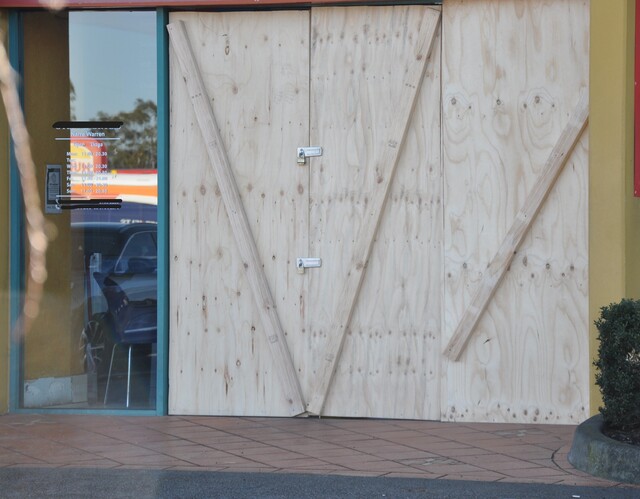By Cam Lucadou-Wells
The City of Casey’s attempt to regulate drones could have holes large enough to fly a jet plane through, say critics.
Flyers in Casey will require a permit to fly drones outside private land from 1 January, 2018 or risk a $300 fine.
Well, that is the council’s declared intention – with the first local law of its kind among Australian councils.
The law won’t impact on people enjoying their drone, says Casey safer communities manager Caroline Bell – “so long as it is launched and landed on the private property and does not exit the external boundary of the property”.
However flyers are confused by the local law’s wording, which seems to have a different meaning.
A person must have a permit to “launch or land a drone on or from any private property”, it states.
Phil Dunbabin, spokesman for the 1700-member Facebook group Melbourne Drone Flyers, is seeking clarification from Casey.
The law creates a worrying precedent for flyers around Australia, he said.
“We are concerned that not enough consultation has been done.
“As it appears, the council will need a lot of people to police this because there will be a hell of a lot of people flying drones down the park.”
Chris Knight, who founded the Facebook drone group DJI Owners Australia – No Sheriffs, says it’s unclear how people obtain a permit, and how much it will cost.
The law seems to apply across any “remote-controlled pilotless aircraft” regardless of its size, Mr Knight says.
“This suggests that every nine-year-old receiving a Kmart microdrone for Christmas flying in their own backyard would be flying illegally and subject to a $300 fine.”
He says there is no need for Casey to be involved. Drone flying is already regulated by the federal Civil Aviation Safety Authority.
“Drones have a far better safety record than skateboards, bikes, cricket bats and so on.
“This is a case where there is adequate federal laws in place and the local council should have no jurisdiction.”
Casey councillor Damien Rosario says the law was introduced due to community concerns.
“We’re just getting ahead of the game.
“People could use drones to follow people around with a camera, or they’re hearing the drone over their house watching them.
“These are valid concerns.”
Cr Rosario, who is inviting a drone business owner to advise the council, also has questions about the law.
“I wasn’t clear on what the council officers’ understanding of the laws were.
“It would be very, very difficult to enforce.”
Archie Paktitis, of the Hallam-based Australian Freestyle Flyers club, says there are gaps in drone regulations but the council should “mind its own business”.
“For any new technology that comes out, no-one knows how to deal with it.
“There’s a period of time where there’s a free-for-all and then regulations try to catch up.”
Mr Paktitis says drone owners should be issued a permit by an association such as Model Aeoronautical Association Australia.
His model-helicopter club’s members are required to abide by CASA rules.
They also have to take out insurance for flying on public and private land.
“There are a lot of drone users who just fly out on their own.
“They just want to be unregulated.”
CASA spokesman Peter Gibson said CASA issued about 20 penalties for breaches of its drone safety regulations this year.
Most of the breaches were for flying drones within 30 metres of other people or for causing a hazard.
Drone operators are also required to not fly higher than 120 metres, and keep the flying drone within the sight of the operator at all times.
There are also areas restricted from flying, such as near airfields. and as indicated on a Can I Fly There? app.
“Council rules (on) drones are a matter for councils,” Mr Gibson said.







